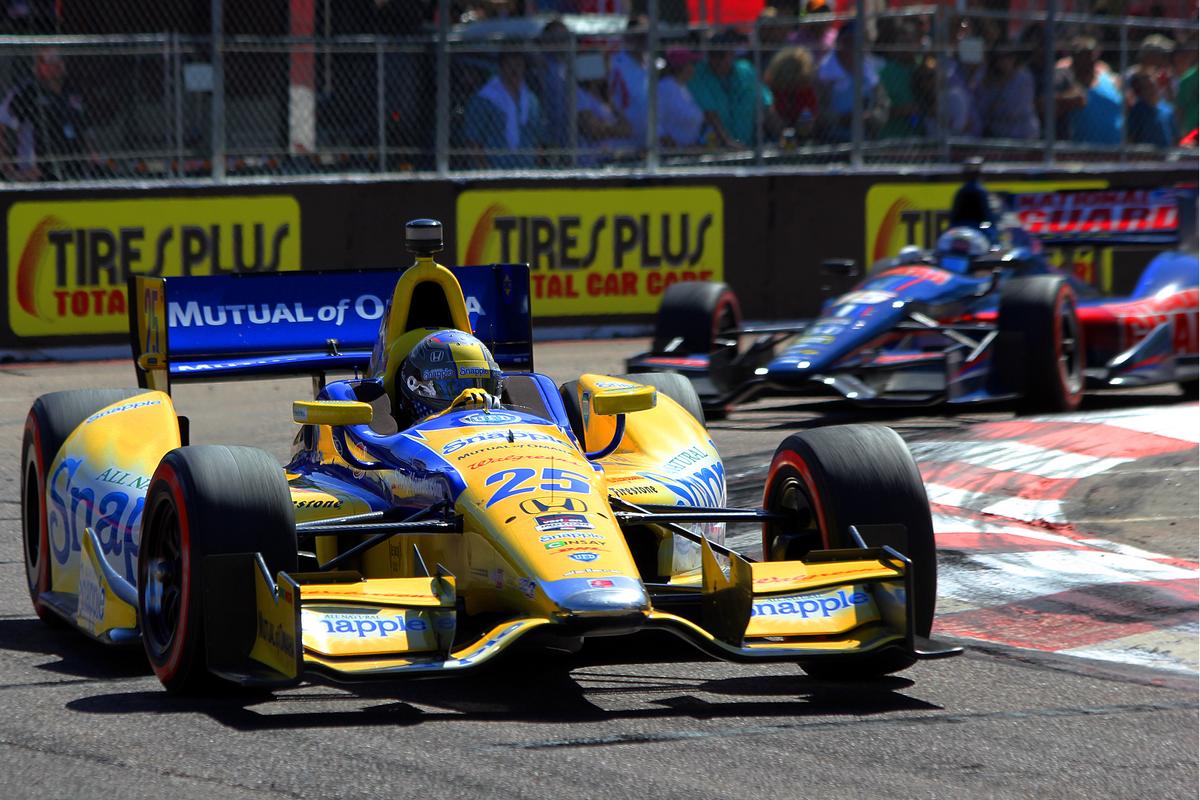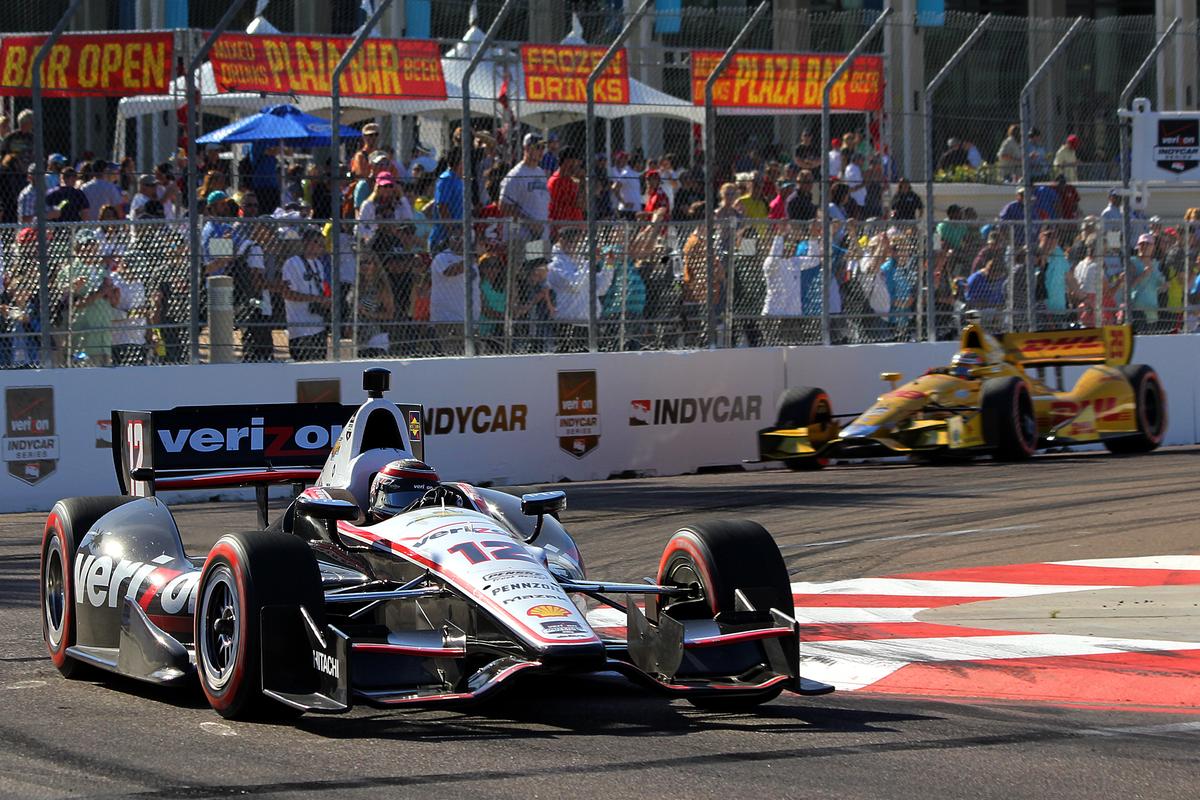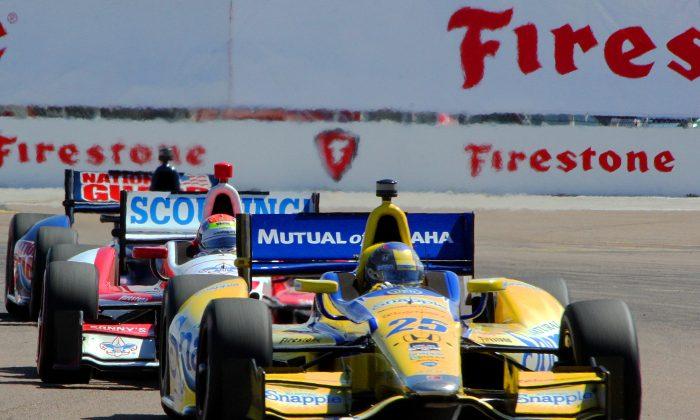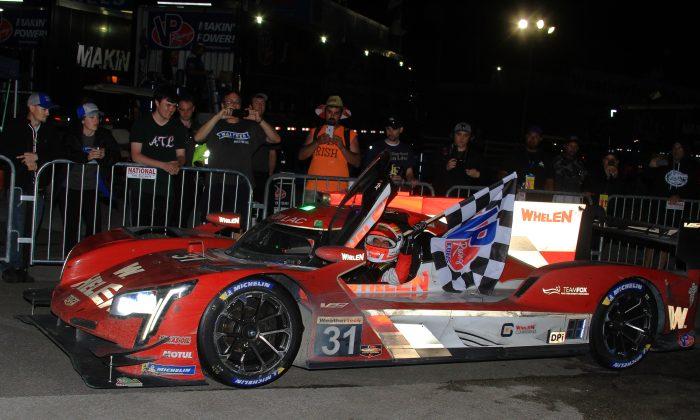Road racing fans in North America have seen some grim times lately.
The continent has an open-wheel tradition stretching back 100 years and a sports-car history reaching back 60, yet for the past several years it seems like the only place to see good road racing was back in history; the various contemporary series seemed unable to present and promote good racing.
The major U.S. road-racing series seemed to self-destruct in the mid-to-late ’90s, splitting into warring factions and wasting the goodwill of fans, teams, sponsors, and TV networks everywhere by demanding that everyone else choose a side because the participants couldn’t work it out for themselves.
As a result, race fans had to watch a bunch of splinter series slowly fail while road racing slipped out of the national consciousness. By the time the various open-wheel and sports-car series had finished fighting, racing in America meant NASCAR.
In 2008, the various failed bits of dead or dying IndyCar series decided to aggregate. Unfortunately, the fan base was so polarized that the new IndyCar was just the latest label to fight over. It was still us versus them; no matter what IndyCar did half the fans hated it on principle.
Meanwhile, sponsors and TV networks saw that the new series had so much debt and so little earning potential that most steered clear—which ensured that the predictions of low earning potential would be realized.
IndyCar struggled on, and in 2012 introduced a new car—which of course half the fan base hated. The car was ugly, the engine didn’t sound right, it was still a spec chassis (albeit with a choice of engine manufacturers).
The new car really did bring in a new era, though.
Starting at the Grand Prix of St. Petersburg in March 2012, IndyCar fans were introduced to something which had only rarely been seen in this century—competitive open-wheel racing.
For all its aesthetic oddities, the new car solved the aero problems which had plagued both the old IndyCar and F1—cars could pull up behind each other, and then pull out and pass. Gone were the days that whoever was in the lead stayed there until he or she messed up. Drivers could actually race now.
And they did.
IndyCar races were suddenly full of passing all through the field. Not every race was epic; but almost every race was interesting because there was so much actual racing going on.

IndyCar has legitimate American stars, like 25 Marco Andretti and 15 Graham Rahal, for those fans who prefer rooting for the home team. (Chris Jasurek/Epoch Times)
IndyCar management woes have been dissected sufficiently. The past is gone; where the series is now is what matters, and where the series is now is in a place where finally there is a management team (Mark Miles and Derrick Walker) which understand the business and the racing, which has the respect of the sponsors and the teams, and even many of the fans (for those few remaining who follow the sport closely).
IndyCar has signed Verizon as a title sponsor—the series finally has a sponsor which has the cash and the understanding to activate its sponsorship, and which can reach a huge potential fan base that’s interested in some of what IndyCar offers: speed, excitement, and technology. Signing Verizon is a huge coup for the series.
On the tech side, Derrick Walker understands that the drivers and the fans want power and speed and excitement; he also understands what the teams can afford. His list of proposed power upgrades and aero developments give fans and teams something to look forward to in the future, even if the exact schedule isn’t followed.
Many people derided IRL owner Tony George’s 10-year TV deal with Versus, but now that NBC Sports has taken over, the coverage is first-rate and the channel is reaching (at least a few) more households.
On top of that ABC, which used to do only perfunctory coverage of a few races and then decent coverage of the Indy 500, has realized that IndyCar can be a hot property and has stepped up its game.
IndyCar hit the streets of St. Pete for its 10th St. Petersburg Grand Prix on March 30, and it was one of the best races the city has seen. The first three-quarters were caution-free, with the lead changing hands due to skillful passing, not the luck of the draw in a yellow-flag lottery. Three cars fought for the lead in the closing laps, and the winner actually deserved to win.
Meanwhile, in the sports car world (the other road racing) things are going pretty badly, as the newest incarnation of IMSA makes every mistake it can, from bad to no TV coverage, to regulations favoring some types of cars over others, to egregious officiating errors. The new sports car series is burning up whatever hope and goodwill fans might have provisionally tendered it.
Well, it is time for road-racing fans to open their eyes and see their options.
IndyCar is back; it is once again a top-tier series, offering speed and skill and thrills and just some darn fine racing. Few North American series have offered as much good road racing on a regular basis for the past three years, and certainly none have improved steadily for the past three years—except for IndyCar.
After a quarter-century hiatus, IndyCar is once again the real deal. Fans need to wake up and smell the ethanol.

Will Power leads Ryan Hunter-Reay around Turn Ten in the closing laps of the IndyCar Firestone Grand Prix of St. Petersburg. (Chris Jasurek/Epoch Times)






Friends Read Free